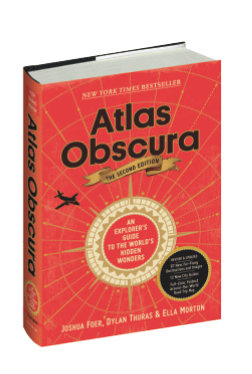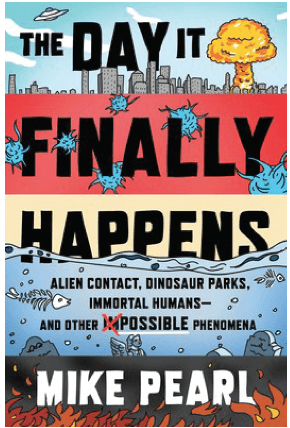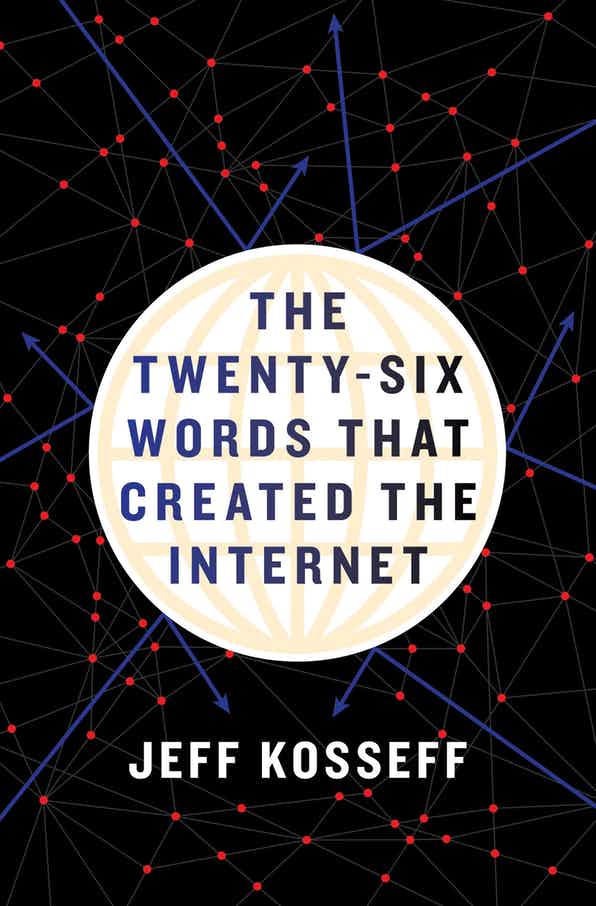The Luckbox Bookshelf
Exploring space without leaving home
Far too often, book reviews drive away readers. But reviews present just one stranger’s view, and taking them to heart leaves great books undiscovered. The Luckbox Bookshelf offers profiles instead of reviews. Don’t look to these pages for opinions. Think of Bookshelf as a place to discover books that educate, entertain and challenge entrenched beliefs.
Book rankings are accurate at press time and subject to change.

Dreamland
By Bob Lazar
Decades ago, American conspiracy theorist Bob Lazar blew the whistle on Area 51 when he alleged that the government was using the base to store alien space vehicles.Lazar’s claims captured the public imagination but also stirred controversy and fueled the fires of conspiracy theories. Since then, ufologists have kept him under unrelenting scrutiny, and universities say they have no record of the degrees he claims to have earned. This is his story.
After long, stressful hours working at Area 51 in the desert outside Las Vegas, Lazar found himself exhausted, and he worried constantly about his safety. Under close watch at the base, he spent most of his time studying an unearthly propulsion system, one he was told had powered an advanced vehicle from outer space.
In unguarded moments, Lazar confided in his wife and a few close friends about the work he was doing. His activities weren’t supposed to be disclosed to anyone outside his workspace—but like many secrets, these were not something he could hide. His employers found out and stationed operatives outside his home. Lazar got help from John Lear, a ufologist, who encouraged him to tell his story to George Knapp, an award-winning investigative journalist at KLAS-TV, a CBS affiliate in Las Vegas.
In partnership with Knapp, Lazar made it his mission to prove he was telling the truth, which included taking a group of people into the desert to witness the test of a “flying saucer.” The police stopped the entourage and notified the base, causing Lazar to lose his job. But the episode opened doors for him to become known in print, on television and, more recently, on podcasts. The notoriety gave rise to the “Storm Area 51” event in 2019. That’s when a crowd of about 150 unsuccessfully attempted to force their way into the compound to expose what they believed were the site’s alien artifacts.
Despite countless interviews and plenty of national and even international attention, Lazar has not previously had the chance to tell his story the way he wanted and in his own words. With his autobiography, Dreamland, he describes what it was like to be an insider at Area 51, reputedly the world’s largest military research base, and the impact it had on his life outside the job.
#7 in Aviation & Nautical Biographies
—Amazon
The Contact Paradox: Challenging Our Assumptions
in the Search for Extraterrestrial Intelligence
By Keith Cooper
Nearly 50 years ago, a group of researchers in Puerto Rico sent a radio wave message into space through what was then called the Arecibo Telescope. They were in search of the answer to a question humankind still ponders today: Are we alone?
Although the researchers didn’t receive a response to their radio transmission, they’ve subsequently dedicated their time to finding out if civilization exists somewhere beyond Earth. Their quest is known as the search for extraterrestrial intelligence (SETI).
Their motivation for exploring the universe to locate extraterrestrial life runs deeper than just the possibility of seeing two civilizations coming together. As Keith Cooper says in The Contact Paradox: Challenging Our Assumptions in the Search for Extraterrestrial Intelligence, those researchers from Puerto Rico wanted to enjoy the benefits and learn the lessons of alien contact. But Cooper also notes the trouble contact could bring. It’s all part of his dive into how SETI developed and where it’s heading. (See Cooper’s take on Oumuamua here.)
Extraterrestrial: The First Sign of Intelligent Life Beyond Earth
By Avi Loeb
In 2017, researchers at an observatory in Hawaii caught
sight of a peculiar object making its way through the inner solar system, moving with an accelerated speed. It wasn’t like anything they’d ever seen before, but they still assumed it was some kind of rock—at least that’s what they thought at first.
Theoretical physicist Avi Loeb was not convinced. In his book Extraterrestrial: The First Sign of Intelligent Life Beyond Earth, Loeb debunks the theories that the object might be an asteroid or comet because there was no evidence of trails of gas or debris left behind—despite how quickly the object was moving.
Loeb concludes that a logical explanation is that an alien civilization created the object. In his book, he encourages readers to think beyond the usual confines of science and religion to contemplate the future of humankind on Earth. (For more from Loeb, click here.)
#1 in Astrophysics & Space Science and Aeronautics & Astronautics
—Amazon
How to Astronaut: An Insider’s Guide to Leaving Planet Earth
By Terry Virts
Reading Terry Virts’ book How to Astronaut: An Insider’s Guide to Leaving Planet Earth feels like sitting next to him for the entirety of a space mission, experiencing each moment yourself.
Virts, a former astronaut, space shuttle pilot and International Space Station commander, invites readers to accompany him as he prepares for space travel. Then he brings them along for the ride of a lifetime in orbit. Along the way, he even describes the tribulations of putting on a spacesuit.
Although they offer an other-worldly experience, his stories sometimes mirror Earthbound life. He experiences highs and lows, enjoys humor, endures routines, and sometimes discovers something worthy of wonder.
Virts makes the life of an astronaut feel real by managing to simplify the complexities of science for a general audience. (For Virts’ vivid photography, click here….)
















